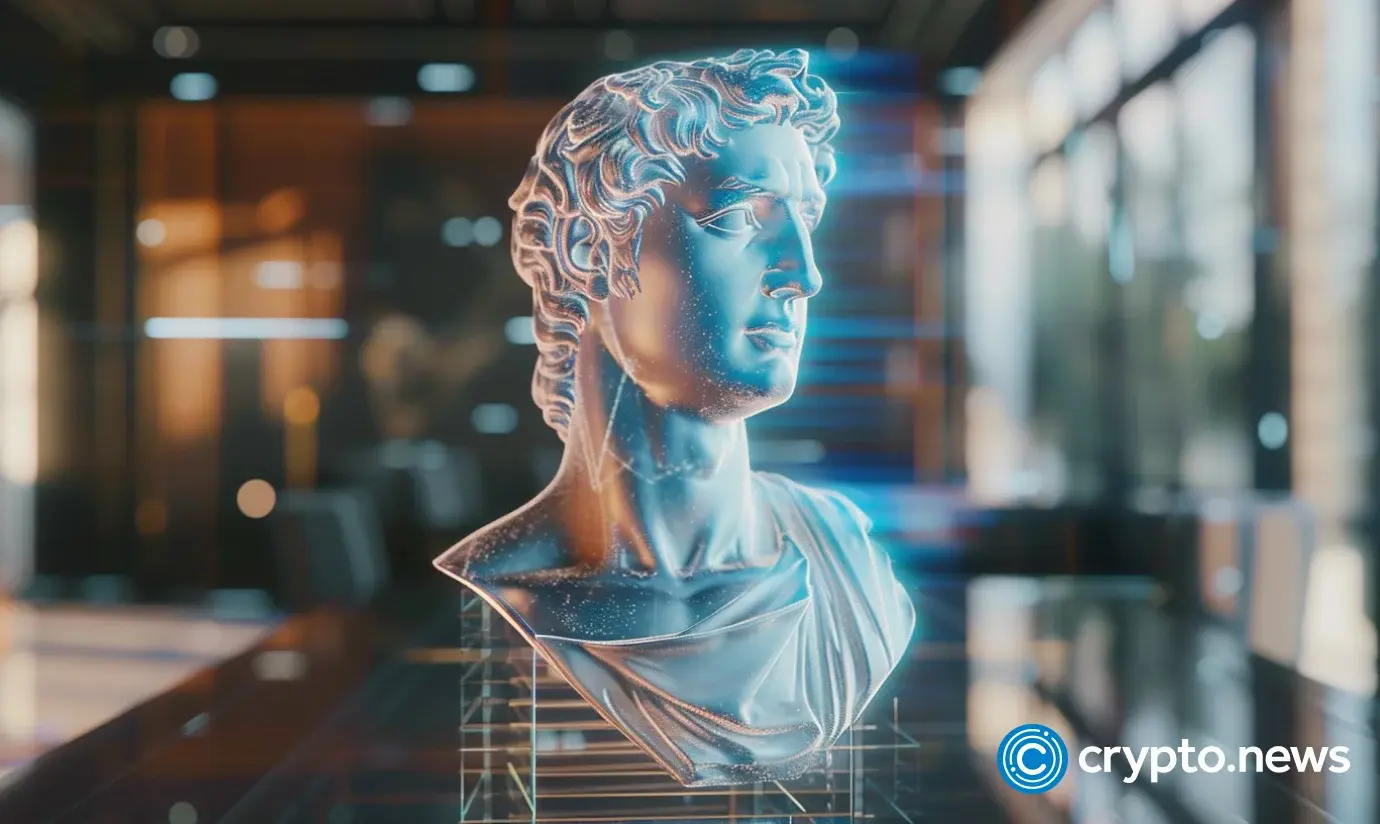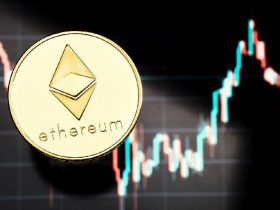Disclosure: The views and opinions expressed here belong solely to the author and do not represent the views and opinions of crypto.news’ editorial.
In boardrooms across corporations, a quiet revolution is underway as executives and creative teams find new ways to utilize unique blockchain-based tokens in their marketing strategies. Dubbed digital collectibles—a term aimed at simplifying the concept for consumers—non-fungible tokens (NFTs) are being seamlessly integrated into products of major corporations to breathe new life into both virtual and physical customer experiences.
Long gone are the days when digital images inscribed onto blockchains were at the center of pop culture; now that the market has crashed, NFTs have found themselves a new home—the marketing departments of companies, relegated to cash grabs for loyalty programs and digital collectibles displayed as public trophies in blockchain wallets.
Take Mastercard’s partnership with crypto neobank Hi or Coca-Cola’s inclusion of NFTs in global advertising campaigns, for instance. While these collectibles primarily aim to foster customer loyalty and engagement, coupled with the fact that trading is discouraged, they’ve inadvertently pigeonholed NFTs as mere marketing tools in the eyes of many.
However, suggesting that this is the extent of NFT utility is a disservice to the technology and its potential—and perhaps to human ingenuity. We have barely scratched the surface of NFT utility. To reduce NFTs to mere marketing tools is to overlook the implications and versatility they can offer beyond their current applications.
The big question is whether NFTs are only destined to become mere souvenirs and trophies. To appreciate the value of any technology, it is important to appreciate how it adds to the way we create, consume, and exchange value in the digital age. For instance, one could have argued that AI would only be limited to chatbots before ChatGPT exploded on the scene and took conversational AI to a whole new level.
As blockchain technology continues to evolve and mature, those committed to building honest, sustainable NFTs for practical use are bound to (quietly but surely) rise above the fray. Trends come and go—and there’s no denying that some NFT projects have been driven more by hype and speculation than genuine utility, innovation, or artistic merit. Amidst the noise, those who put all of themselves into their products and community will ultimately shift things for the better.
We’re witnessing the emergence of creative use cases and applications for NFTs that extend far across different industries—fashion, fitness, gaming, and more. Just as brands strategically leverage influencers to align with their vision and values, NFTs, beyond their role as money-making tools, should be integrated into brand strategies with a similar approach. It’s not about simply checking a box; it’s about activating communities and fostering a shared vision. NFTs should be consistent with a brand’s overarching strategy and purpose, ensuring authenticity and avoiding the trap of becoming just another marketing gimmick. By aligning NFT usage with brand values and engaging communities authentically, brands can unlock new avenues for creativity, empowerment, and community building in the digital economy.
Take gaming, for instance; the introduction of NFTs in web3 gaming serves as a poignant reminder of the importance of prioritizing enjoyment and engagement above all else. Just as the heart of gaming lies in immersive experiences and captivating narratives, the actual value of NFTs in this context extends beyond mere token possession. While there’s a rush to tokenize in-game assets and incentivize ownership, the essence of gaming—the joy of exploration, the thrill of competition, and the camaraderie of community—should remain paramount. NFTs should enhance the gaming experience, not overshadow it.
Indeed, the lessons learned from web3 gaming can be extrapolated to other industries. Just as gamers seek enjoyment and fulfillment, consumers crave meaningful interactions and experiences. Integrating NFTs into marketing strategies—and beyond—should focus on community activation, shared vision, and authenticity. The use of NFTs should align with brands’ overarching strategies and purposes, fostering genuine connections and adding value to the consumer experience. By embracing the fundamentals of fun and engagement, brands can unlock the full potential of NFTs, creating immersive experiences that resonate deeply with their audience.
At their core, NFTs are a testament to human creativity—a way for us to reshape our approach to art, technology, and commerce. To fully realize their potential, we must transcend the superficial and narrow view of NFTs as mere profit-driven innovations. It’s time to authentically embrace NFTs for their capacity to drive positive social and economic change—and this requires a return to fundamentals, uniting web2 and web3 in strategy and utility. Only genuine appreciation of NFT’s creative potential in human experiences unlocks their genuine utility.








Leave a Reply